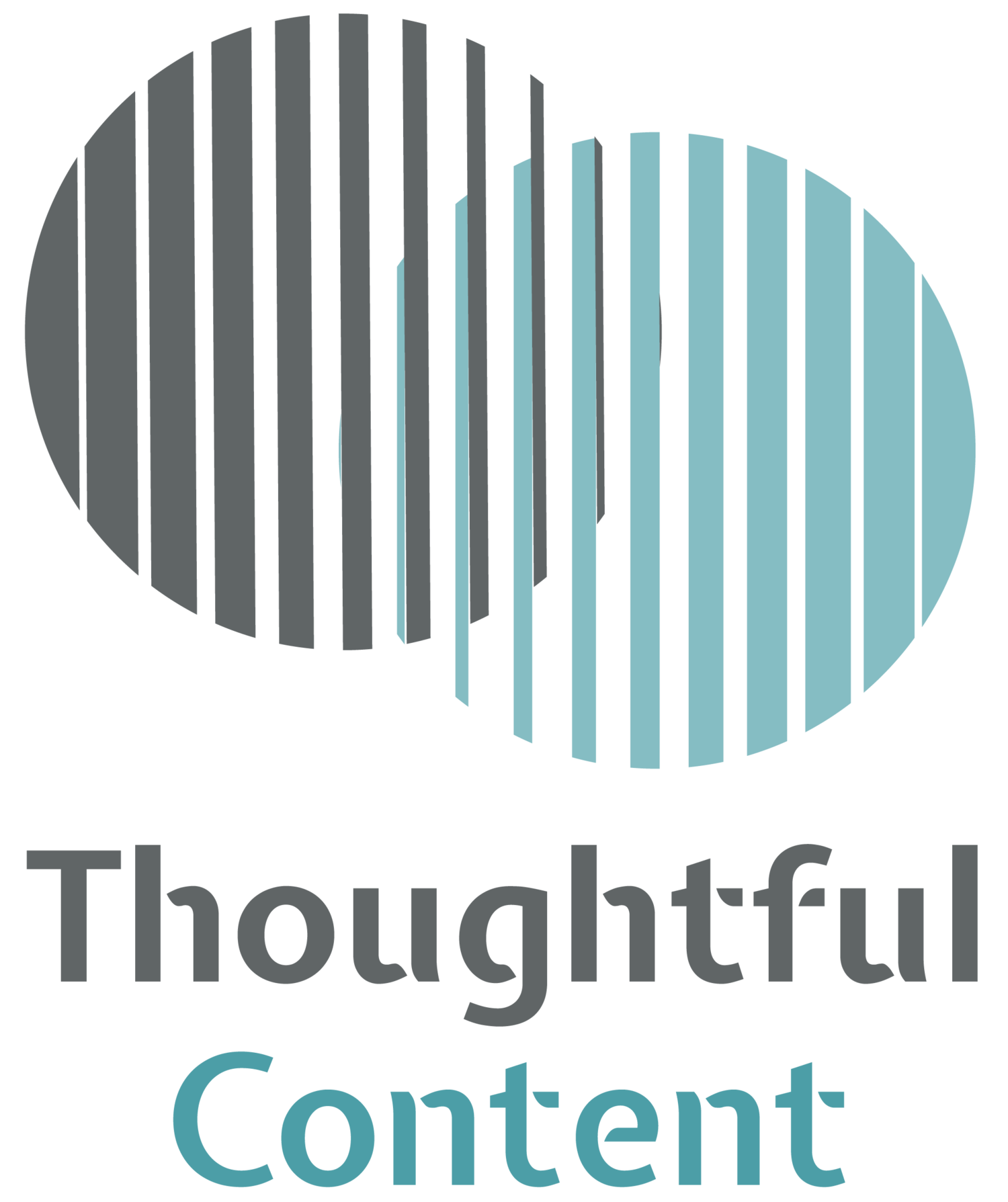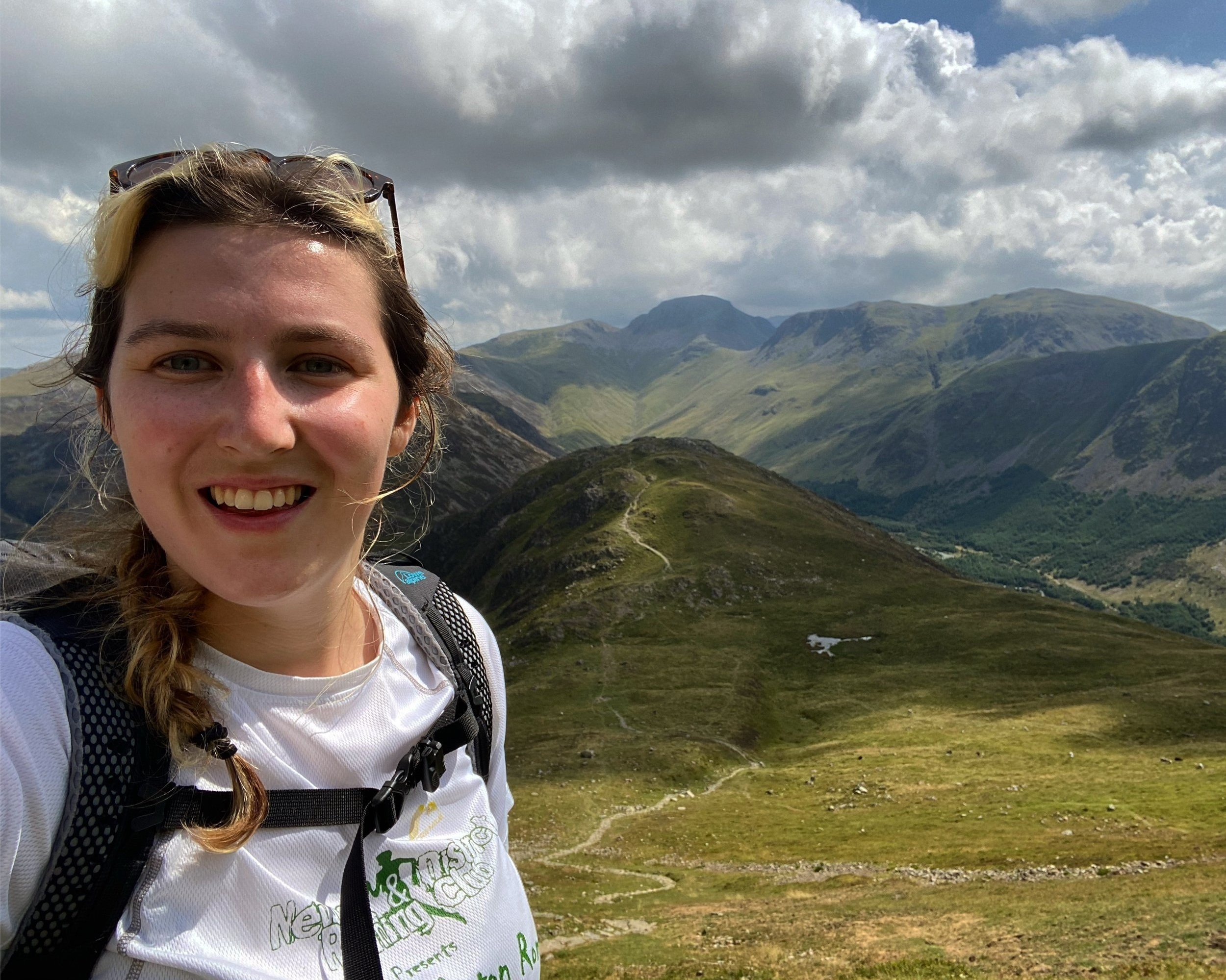Guest blog: Hiking across England, nature connectedness and communication
By Lottie Storey
As someone who suffers from anxiety, I find that being outdoors, especially when I’m hiking, can massively improve how I’m feeling. From listening to the singing birds to paying attention to the changing weather. There is science behind this, a lot of which is covered by the study of nature connectedness. Nature connectedness is a term used in psychology that describes the relationship between a person and the rest of nature. I’m currently completing a master’s in science communication, and for my master’s project I wanted to see if the content I created from my hikes, could have an impact on other people’s connection to nature. Consequently, Coast to Coast Revisited was born.
Lottie who wrote this blog on one of her ‘Coast to Coast Revisited’ hikes.
Coast to Coast Revisited
In Summer 2020, in the break between lockdowns I completed a 200 mile walk from St Bees in Cumbria to Robin Hoods Bay in Yorkshire, following Wainwright’s coast to coast walk. In August 2021, I revisited some of my favourite sections and made three vlog-style videos and posted them on YouTube. I then carried out an online survey and interviews to investigate the impact of this content on other people’s nature connectedness. This project was important to me because those that have a greater connection to nature are more likely to do more to protect the environment, and of course there are significant wellbeing factors.
Online video
I chose to communicate through online video as I already had a YouTube channel where I post similar hiking vlogs on. So, I had an, albeit small, existing audience. Online video is such an important tool in communication, and not as challenging as you might think at first. For my videos I used my iPhone and GoPro to film, and had a small mic plugged into my phone. There’s lots of open-source editing software, from companies such as OpenShot and even sites where you can get royalty free music such as BenSound and Purple Planet. As well as additional ‘B-roll’ footage from companies such as Videvo (B-roll is used as cutaway footage and can add context/visual interest to your video).
The most important thing, as with most communication, is having a strong narrative throughout. For me, the story was the journey of each hike.
Initial findings
Although I’m still in the data analysis stages of my project, I’ve found that online video is a great way of presenting new information to audiences.
In my videos I spoke to the audience about things I was seeing along the way such as geographical landforms, geology or weather, and from my survey results participants indicated that they had an increased knowledge of some of the topics spoken about. Another initial finding is that the content inspires people to explore the outdoors, one interviewee told me that they did one of the hikes I completed after watching my video!
I have learnt, and am continuing to learn, a lot throughout my project. But a common theme that has emerged is the importance of online video in communication. With the ever-rising popularity of web video, it really is essential that any communication strategy includes video content.

